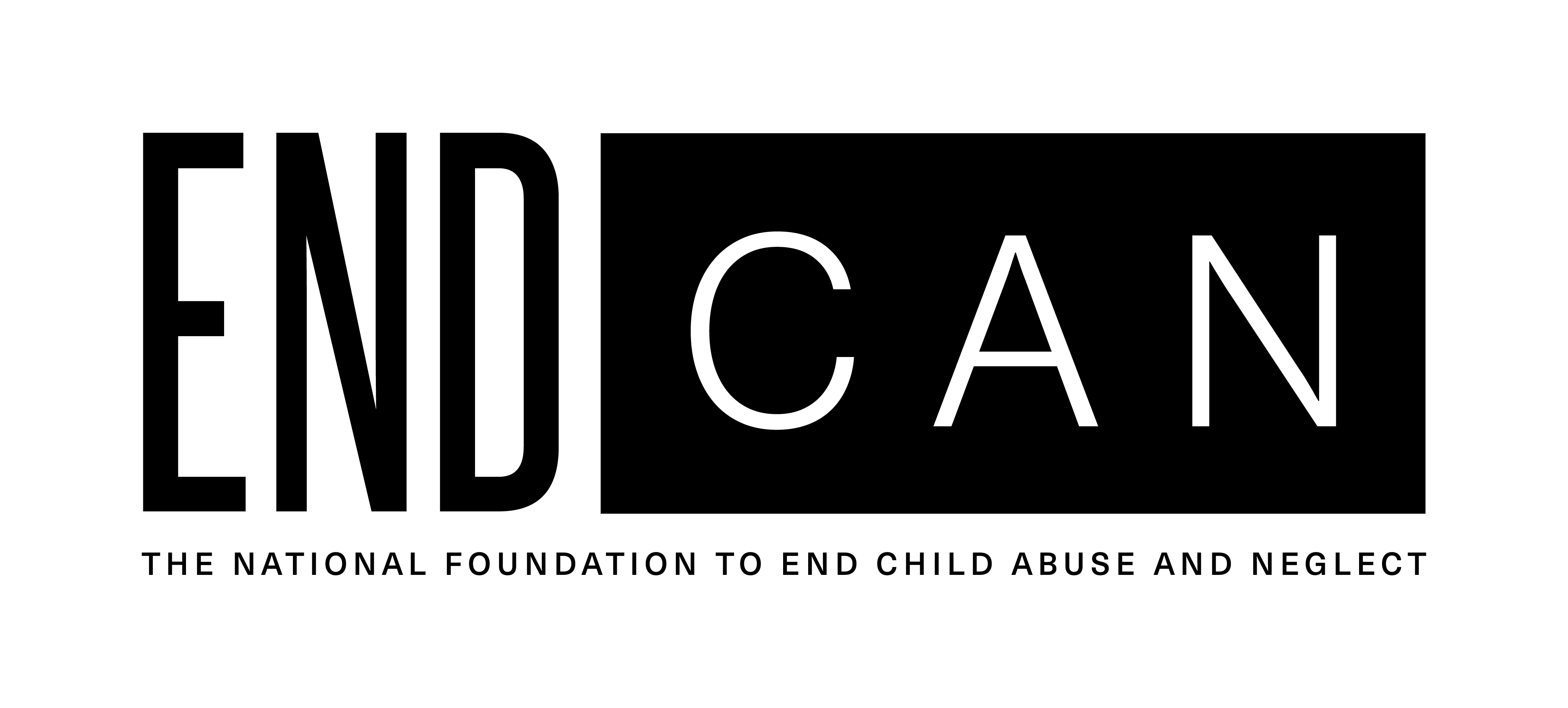

Dr. Richard Krugman
EndCAN Co-Founder & Board Chair
Episode 10: It Starts with Looking at the Problem
In this episode, Dr. Richard Krugman explains the concept of gaze aversion, its prevalence in the field of child abuse and neglect, and how imperative it is that our culture shifts away from remaining silent on the issue. Krugman asserts that the journey to eliminating child abuse and neglect begins with acknowledging it.
Episode Transcript
Transcript of the Louder than Silence Podcast
Episode #10: It Starts With Looking at the Problem
Transcribed by Adam Soisson
>> Adam: Hey everybody this is Adam with EndCAN. Thank you so much for tuning into this episode but before it gets started I wanted to tell you about a social media challenge we’re launching this weekend called the Crush CAN Challenge. As you may know, CAN is an acronym for Child Abuse & Neglect and to spread awareness about why it needs to end we’re crushing cans on social media. We’ll be launching on Sunday, September 27 because it’s National Crush A Can Day and yes, that is a real thing. Follow us on social media or visit our website to learn more. We can’t wait to see your can crushing videos and more importantly, we can’t wait to actually crush CAN with you. Now, back to the podcast.
[Inspirational theme music plays.]
>> Lori: Thank you for joining us. In this podcast, we are real people, talking about real things. Child abuse and neglect: a topic that is all too often left in the shadows of silence, leaving survivors alone, fearful, and oftentimes without a voice. We’re having conversations to become louder than silence. It is here, where we will invite you to join us and be the change needed to end child abuse and neglect.
>> Dick: Hi there, I’m Dick Krugman and I am the Chair of the Board of the National Foundation to End Child Abuse and Neglect and today on our podcast where we’re trying to continue our conversations around child abuse and neglect so that we can all be Louder Than Silence, I’m going to talk about gaze aversion. That’s a term that was actually coined by a British psychiatrist by the name of Christopher Ounsted in the 1960s and 70s. It was originally used to describe the behavior of children with autism who would never want to look anyone directly in the eye and they would turn or avert their gaze to avoid eye contact with strangers or any other individuals. In the 1970s Ounsted used the term to describe the behavior of professionals who didn’t want to see or recognize child abuse and neglect. In the previous podcast I talked about the history of child abuse and neglect which has been going on a long, long time. Millenia. But in the 1960s, Dr. C. Henry Kempe wrote a paper called The Battered Child Syndrome and really brought this country and Europe, the United Kingdom, the world’s attention back to the problem of abuse and neglect. He’s the one who started all the mandatory reporting laws, got every legislature in the United States to pass one. The key to dealing with child abuse was to recognize signs and if one suspected it, one needed to report it under the law. Lots of people turned away from this and so gaze aversion is something that has been prevalent for quite some time.
Those of us who work in the field of abuse and neglect have experienced a phenomenon over the years of being at a party or an event and talking with people in the lobby maybe, at intermission at a symphony or play, and people say, “Oh what do you do?” and I say, “Well, I’m a pediatrician who does child abuse work.” They go, “Oh that must be horrible” and they sort of turn away. Actually, it isn’t horrible. It’s one of the most interesting areas I’ve ever worked in and I’ve worked in a lot of areas. What is very clear is if we are going to be able to eliminate child abuse in our lifetime, as is our foundation’s goal, then we’re going to need to do everything we can to stop gaze aversion. Let me give you some examples of what gaze aversion is and how it’s existed over the years. If you happen to listen to the podcast I ever dealt with in 1968, that was a case where the baby had been seen by 27 professionals over the course of the baby’s five month life. 25 of the 27 missed what are now to us obvious signs of abuse by his mother. That gaze aversion is very prevalent when it comes to identifying individual cases but one of the things that we found, and by we I mean Lori Poland and I, who co-founded this organization, is when we went around the country in 2017 visiting with other foundations that gaze aversion was not just something that was present in individuals but was actually present in organizations or entire professional fields. Let me give you an example.
We’ve known for years that depression and suicidal behavior are two of the outcomes for children that have been abused and survive it and that go on during adolescence and adulthood to live their lives. They may have periods of depression or they may have problems of suicidal thought or even attempt suicide. As we visited national foundations that were addressing mental health and suicide, nowhere on their website were the words “child abuse and neglect” even mentioned. For example, we are now good friends with this group and are working with them so that this kind of gaze aversion stops. The American Suicide Prevention Foundation has been giving $30 million of grants per year for the last 20 years and they’ve never given a single grant on the relationship of physical, sexual, or emotional abuse of children to later suicidal behavior. Now we know that exists. I know it exists because I had a 14 year old patient in 1969 who attempted suicide and 25 years later she stopped me at the airport to thank me for convincing her to get some help which kept her from attempting suicide again. Interestingly, for 20 years the help she got was superficial in the sense that no one ever asked her what the direct cause of her suicidal behavior was, that her stepfather was sexually abusing her every night when she was adopted. So when she was 14 her only way out was to take phenobarbital and aspirin for an overdose and she nearly killed herself.
Now when we chatted with people about how come you’ve never funded [child abuse research], the response was actually interesting in that nobody’s ever applied. That illustrates another example of gaze aversion which is that practice at the National Institutes of Health, which is the major funder of organizations and funds most of the biomedical research in the United States. NIH has been funding research for 50 plus years. In 1968 it was about $100 million a year total, now it’s over $40 billion a year. The amount of research that’s done on child abuse is less than one-tenth of one percent of that budget even though we know at least a third of women and a sixth of men have experienced sexual abuse by the time they’re adults and the prevalence of physical and emotional abuse is far greater than that. But NIH has always viewed child abuse and neglect as a social issue. It’s our view, at the National Foundation to End Child Abuse and Neglect, that child abuse is just as much a health, mental health, and public health issue as it is a social and legal issue. Our job is to make as much progress in this area as we have in other areas. To do that we’re going to have to stop gaze aversion. We’re going to have to address the problem head on. We’re going to have to use the words. Calling a child who has been severely physically abused or a child who has been involved in sexual abuse, either inside or outside the family for many years, a victim of trauma or a victim of adverse childhood experiences, is simply not enough.
We have to look at it precisely and start doing the work to let us know what are the outcomes for children who have been physically abused. What are the outcomes for children who have been sexually abused? How can we predict, of those who have been abused, who are going to be the Survivors and Thrivers of the next generation like Lori and hundreds of thousands of others in this country, or who are going to take the path to be a predator and repeat the cycle of abuse that happens so often in our society. Addressing abuse and neglect as this kind of health, mental health and public health issue is critically important if we’re going to end child abuse in our lifetime and my view is that we just have to stop the gaze aversion, be Louder Than Silence, and make it possible for all those who have buried the pain and the stigma of being abused as children, giving them the opportunity to recognize it wasn’t their fault and they can have a wonderful life but not if we never talk about it. We just have to look at it and talk about it. I’m Dick Krugman and that’s the end of this little conversation on gaze aversion. Go to our website, endcan.org, if you need more information.
[Inspirational theme music plays.]
>>Lori: I want to thank each of you again for joining us today and listening in. If you or someone you know is being abused, please call 1-800-4-A-CHILD. To learn more about EndCAN, visit www.endcan.org or find us on all social media platforms. Join us in being Louder than Silence and being a part of the change. Please leave a comment, like our podcast, or share with your friends. The more the word spreads, the more of a collective impact we can have. If you have a question or you know someone who would want to be a guest on our podcast, please contact bethechange@endcan.org. Thanks again, and have a great day.
<END>


